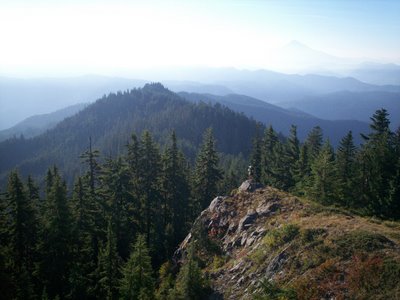Senator James Inhofe, who is the chairman of the Senate Environment and Public Works Committee, made a speech on Monday expressing his frustration and disappointment with the press and their tendency to accept the global warming meme from environmental groups without question, even to the point of ignoring hard science that refutes most alarmist claims.
Inhofe notes that the press has talked about climate change for various periods of the last century.
Since 1895, the media has alternated between global cooling and warming scares during four separate and sometimes overlapping time periods. From 1895 until the 1930’s the media peddled a coming ice age.
From the late 1920’s until the 1960’s they warned of global warming. From the 1950’s until the 1970’s they warned us again of a coming ice age. This makes modern global warming the fourth estate’s fourth attempt to promote opposing climate change fears during the last 100 years.
Recently, advocates of alarmism have grown increasingly desperate to try to convince the public that global warming is the greatest moral issue of our generation. Just last week, the vice president of London’s Royal Society sent a chilling letter to the media encouraging them to stifle the voices of scientists skeptical of climate alarmism.
During the past year, the American people have been served up an unprecedented parade of environmental alarmism by the media and entertainment industry, which link every possible weather event to global warming. The year 2006 saw many major organs of the media dismiss any pretense of balance and objectivity on climate change coverage and instead crossed squarely into global warming advocacy.
In case you’re wondering, he does back that last statement up, many times over. I’ve said in the past that my impression of the press these days is that it operates as less of a voice for the people, or even a source of fact and truth acting in the public good, but instead is motivated by the bottom line. It’s a business, and creating alarm and sensationalizing stories and fact brings in the dough.
He even sticks it to Al Gore’s latest motion propaganda.
I am almost at a loss as to how to begin to address the series of errors, misleading science and unfounded speculation that appear in the former Vice President’s film Here is what Richard Lindzen, a meteorologist from MIT has written about “An Inconvenient Truth.” “A general characteristic of Mr. Gore's approach is to assiduously ignore the fact that the earth and its climate are dynamic; they are always changing even without any external forcing. To treat all change as something to fear is bad enough; to do so in order to exploit that fear is much worse.”
He then lists a few things that Gore gets wrong. Too long to mention here.
But the alarmism wouldn’t be all that powerful if the news media didn’t treat the issue like a closed case and refuse to entertain any semblance of objective skepticism.
Time Magazine did not make the slightest attempt to balance its reporting with any views with scientists skeptical of this alleged climate apocalypse.
I don’t have journalism training, but I dare say calling a bunch of environmental groups with an obvious fund-raising agenda and asking them to make wild speculations on how bad global warming might become, is nothing more than advocacy for their left-wing causes. It is a violation of basic journalistic standards.
Time Magazine isn’t the only news outlet to catch heat in the speech. Far from it. Inhofe speaks of a documentary on the Discovery Channel (hosted by Tom Brokaw) that didn’t present the view of any scientists with even moderately skeptical views.
You don’t have to take my word for the program’s overwhelming bias; a Bloomberg News TV review noted “You'll find more dissent at a North Korean political rally than in this program” because of its lack of scientific objectivity.
I think that, though the bulk of the speech is devoted to refuting many of the environmentalist’s holy grails, he doesn’t ever refute the data that the earth is warming. I’m sure that anyone from the left picking this up will probably take that out of context (if anyone notices this speech at all). The main point here is that scientists really have no idea how much of the current warming trend is caused by human activity, if any. The earth naturally warms and cools and we can’t separate human caused warming from the background noise of natural climate change.
So it isn’t to say that we shouldn’t work to clean up the air a bit. The United States has covered light years of ground in reducing air pollutants over the past 30 years. What continues to get ignored in the media is that China and India are only a handful of years away from overtaking the United States as the major polluters in the world. In fact, it’s amazing how little amount of pollution the U.S. puts out relative to the gargantuan amount of productivity we put out. We need to get this same clean air technology to the countries that need it, and Bush is attempting that without the Kyoto-like bully behavior.
However, Inhofe notes that polls are starting to show that Americans are moving toward the belief that the warming trend is at least partly caused by natural fluctuations rather than solely human activity, so the latest spate of alarmism is actually creating skeptical Americans. The American people know when their intelligence is being insulted.
Al Gore’s response, of course, is to make a speech at the U.N. warning the delegates that smoking is a significant contributor to global warming.












